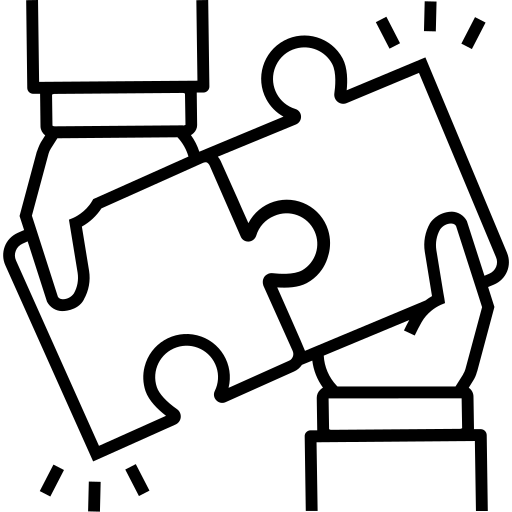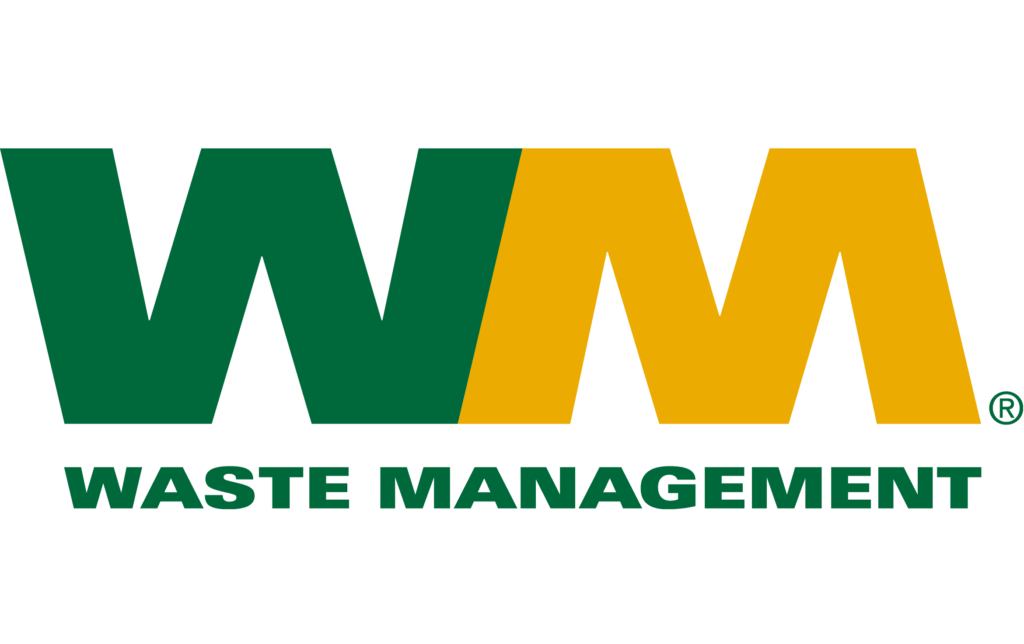Maintenance & Operations
Operators benefit from:

Accurate and Detailed Data
Our 3D laser scanning technology captures vast amounts of data, which we use to create highly detailed and accurate 3D models of a facility. After construction or retrofit, an accurate as-built 3D model can provide unprecedented insight into facility productivity, required maintenance, and energy expenditure.

Improved Collaboration and Coordination
Our BIM implementation helps facility managers and operators use a common digital model, as the document of truth about the facility and the equipment within it. OAR’s objective is to constantly progress customers using 3D design towards 6D BIM (digital twins).

Real-time Information
Our 3D model-driven project management allows for real-time updates and monitoring of facility management, providing all stakeholders with accurate information and allowing for more efficient collaboration, coordination and decision-making.

Enhanced Construction Quality
Our reality capture and laser scanning solutions can verify the construction process, ensuring that building components, equipment, and systems are properly integrated while also being an invaluable to monitor automation efficiency.

BIM Coordination
Our team ensures that all stakeholders involved in a project are using the same BIM models and data, avoiding errors and conflicts, and improving project outcomes.

Document of Truth
We take responsibility for hosting and maintaining our customer’s 3D models to ensure their efficacy through design, construction, and facility maintenance. This allows for easy access to accurate and up-to-date information for all stakeholders pertaining to the facility and the assets within it.

Improved Maintenance
Our goal is for our customers to use the insight provided by BIM and 3D models to plan and schedule maintenance activities and to track the performance of equipment and systems, improving the overall efficiency and effectiveness of maintenance operations.

Improved Safety Outcomes
Our customers use BIM, 3D laser scanning, 3D models, 4D, 5D, 6D BIM, and digital twins to identify potential safety hazards and improve emergency response planning, thereby reducing the risk of accidents and incidents.

Improved Plant Performance
BIM, 3D laser scanning, 3D models, 4D, 5D, 6D BIM, and digital twins are essential for monitoring and analyzing plant performance, identifying areas for improvement, and optimizing operations, leading to increased efficiency and productivity.

Scheduling Equipment Replacement
BIM, and digital twins are used to identify when equipment is approaching the end of its life cycle and schedule replacement, avoiding unexpected downtime and unexpected costs.

Reduced Plant Shutdown Time
BIM, 3D laser scanning, 3D models, 4D, 5D, 6D BIM, and digital twins are used to plan and coordinate maintenance activities, reducing the need for extended shutdowns and minimizing disruption to operations.

Increased energy efficiency
BIM is used to analyze a building’s energy performance, identify areas for improvement, and to design optimized systems such as, lighting, HVAC and other systems to reduce energy consumption and costs.
Highest Expectations
Our team of experts has are committed to working closely with plant managers to help them achieve their goals. We understand the importance of safety, efficiency, and productivity in the design, construction, and maintenance of a facility. Our services improve the overall performance of facilities.
By utilizing BIM, 3D laser scanning, 3D models, 4D, 5D, 6D BIM, and digital twins, we provide plant managers with the information and tools they need to make informed decisions, improve safety outcomes, increase energy efficiency, optimize plant performance, and reduce plant shutdown time. If you are looking to improve the performance of your industrial facility by using BIM scans, and 3D design, please don’t hesitate to contact us to discuss how we can help you achieve your goals.

